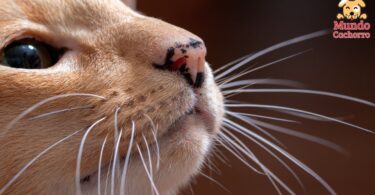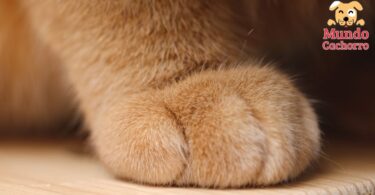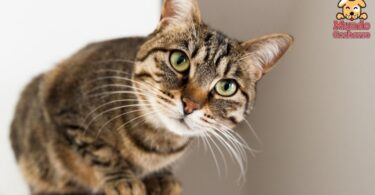The BARF (Biologically Appropriate Raw Food or Bones and Raw Food) diet has generated significant interest in the pet world, especially among cat owners who are looking for more natural nutritional alternatives adapted to the needs of their felines. The BARF diet in cats, based on raw food, provides a number of advantages and disadvantages that are important to consider when adopting it for feeding. In this post we are going to tell you about the benefits and possible problems of feeding your kitten in this way.
Indice
Advantages of the BARF diet in cats
Natural nutrition: The BARF diet resembles the food that cats would eat in the wild, offering fresh, unprocessed food that could be beneficial to their health.
Improved dental health: The inclusion of raw bones promotes the natural cleaning of cats’ teeth, helping to prevent dental problems.
Healthy skin and coat: A diet rich in essential nutrients can improve the health of cats’ skin and coat, making them less prone to dermatological problems.
Improved digestion: Some cat owners have noted improved digestion and reduced food allergies when switching to the BARF diet.
Disadvantages of the BARF diet for cats
Bacterial contamination risks: Handling raw food carries the risk of bacterial contamination, which can lead to illness if proper hygienic measures are not taken.
Difficulty in achieving nutritional balance: Achieving a balanced and complete diet can be complicated, as a wide variety of raw foods are needed to meet all the nutritional needs of cats.
Cost and availability of fresh food: The BARF diet can be more expensive than conventional commercial diets because of the need to purchase fresh, quality food. In addition, the availability of certain foods may vary by region.
Transition and acceptance by the cat: Some cats may be reluctant to change their diet or adapt to raw food, which may require time and patience during the transition.
Tips
Do your research and seek veterinary guidance before starting the BARF diet. A professional can provide guidelines on proper diet composition and safe transition for your cat.
Change your cat’s diet to BARF progressively to minimize digestive problems and give him time to adapt to the new food.
Be sure to offer a wide variety of raw foods to ensure a balanced nutrient intake. This may include lean meats, meaty bones, offal, fish, fruits and vegetables.
It is important to observe your cat’s response to the new diet. This way you can make adjustments as needed. Indicators such as weight, energy and general well-being will give you a guideline.
In conclusion, the BARF diet for cats has both advantages and disadvantages. It is important to carefully evaluate these aspects before adopting this type of food for your feline. Consulting with a veterinarian and making a gradual, supervised transition are essential steps to ensure your cat’s health and well-being when changing its diet to BARF.
Image courtesy of https://pixabay.com, all rights reserved.







